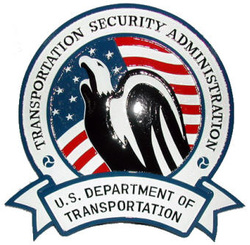How the TSA was Formed:
On November 19, 2001, just two short months after the terrorist attacks in New York City, the 107th Congress passed The Aviation and Transportation Security Act. The Aviation and Transportation Security Act outlined plans for the creation of a new government agency: The Transportation Security Agency.
Responsibilities of the TSA:
The Aviation and Transportation Security Act, passed by the 107th Congress on November 19, 2001, established our agency and gave it three major mandates:
- responsibility for security for all modes of transportation;
- recruit, assess, hire, train, and deploy Security Officers for 450 commercial airports from Guam to Alaska in 12 months; and,
- provide 100 percent screening of all checked luggage for explosives by December 31, 2002.

In the largest civilian undertaking in the history of the U.S. government, the TSA quickly went into action, imbedding itself into every commercial airport in the country. With the U.S government making these new policies it created a dystopian atmosphere because they control every aspect of the commercial airport system.New policies and standards for passengers were quickly enacted during widely publicized security transformations. Prior to the formation of the TSA, each airport had different policies and guidelines for passengers. One of the first steps towards unification taken by the TSA was the creation of a universal set of standards. “In accordance with the new rules, cutting instruments and devices that can be used as weapons cannot be brought onboard an airplane – these include knives of any size, scissors, baseball bats, golf clubs, hockey sticks, large keys, screwdrivers, hammers, axes, razor blades, toy guns and even toy robot transformers“ (Washington
Profile).
